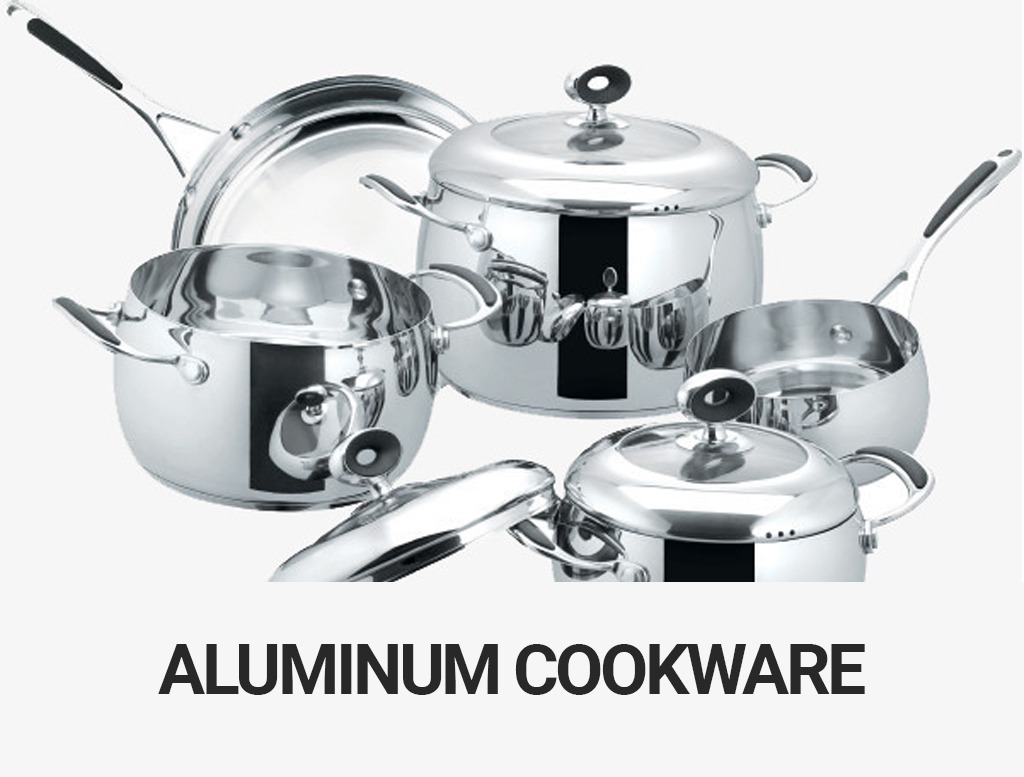Stainless steel is known for its versatile alloy which can be seen in its various applications due to its corrosion-resistant properties. The introduction of chromium (12%) into the steel alloy renders it corrosion resistant. The resultant product is called stainless steel plates. According to alloy content, different types of grades are named martensitic, austenitic, ferritic, precipitation hardening, duplex and superalloy.

Most Common and Popular Grade of Stainless Steel
When we think about the popular grade of stainless steel, austenitic grades of alloy come first in mind. These grades are hard with heat treatment. The most commonly used austenitic alloys are iron-chromium-nickel steels. However, there are 300 series of common grades which are used for their stainless properties usually good mechanical properties. But the most one grades in series is 304.
This series of L grades comprises low grades which provide extra corrosion resistance after welding. Its carbon content is kept at 0.03% or less to avoid any carbide precipitation.
Two other most popular grades are in this series is 316 and 317 that include:
- Martensitic Grades – These grades alloys are corrosion resistant and amenable to hardening by heat treatment. They are magnetic and are known as chromium steel contain no nickel. The most common grade type in this is basic 410 and 420, where 420 has more number carbon concentration than 410 to improve its mechanical properties.
- Ferritic Grade– On compare to martensitic grades, these grades are more corrosive resistant and are highly resistant to cracking due to stress-related corrosion. These also have a magnetic property with only chromium without nickel. However, they are inferior to austenitic grades, but superior to martensitic grades.
Stainless steel Plates Standards
There are a wide range of recognized standard stainless steel plates collection in the world which distinguish steel plates into different grades as mention above. These may be associations of steel producing companies, associations of steel or country-specific agencies. But sometimes any grade of steel marketed by a company will mention different standards of grading having been applied to it.
Stainless Steel Demand
The demand for steel utensils is increasing all around the world and the supplier who have industry specific grades available for their customers. They have their websites and can contact easily with their contact us page. Also, they are active on social media like Facebook and Instagram. In this era of globalization, it doesn’t matter if the supplier selling through an online portal or offline.
